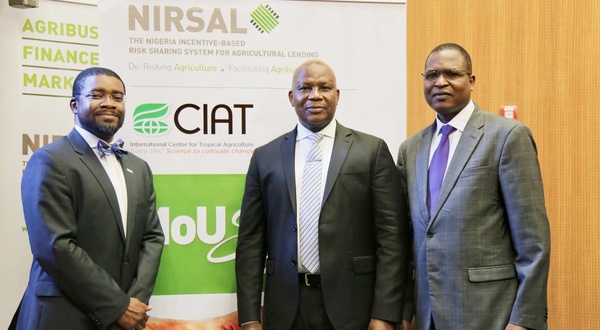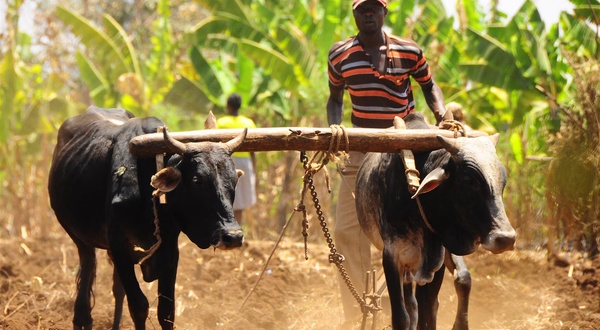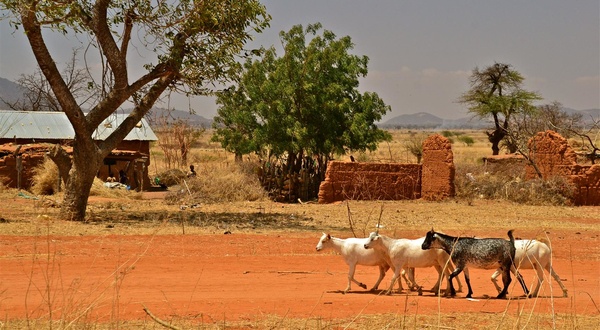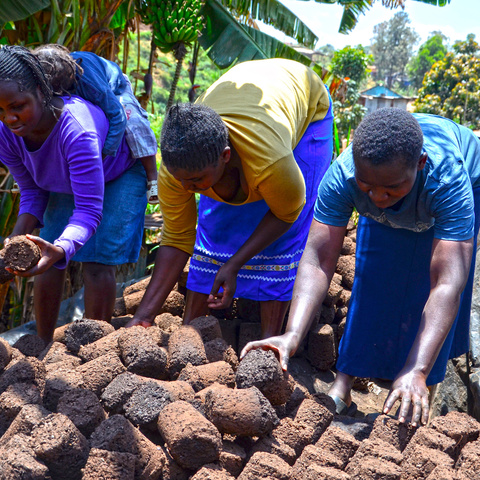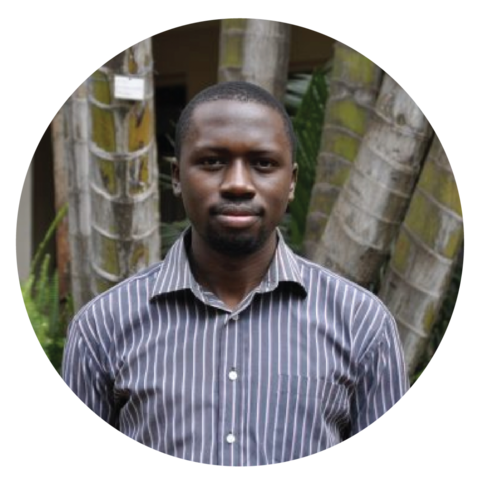The World Food Program (WFP) in collaboration with World Agroforestry Centre (ICRAF) is conducting a study to (1) understand woman’s access and use of mobile phones and (2) the accuracy of the information collected when women are surveyed about dietary diversity over phones versus the traditional face-to-face interviews. Specifically, this project will build evidence for collecting data on Infant and Young Child Feeding practices using the Minimum Acceptable Diet (MAD) indicator and women’s micronutrient adequacy using Minimum Dietary Diversity Women (MDD-W) indicator using live phone calls. A two-stage research project in Purposively two select counties in Kenya (Baringo in Northern rift valley and Kitui in Eastern Kenya) based on WFP’s programming requirements has been conducted, using the following indicators:
| MAD | MDD-W | |
|---|---|---|
| What does it measure? | Diversity of children’s diet and frequency of feeding | Micronutrient adequacy of women of reproductive age |
| Who participates? | Caretakers of children 6 – 23 months | Women of reproductive age (15 – 49 years) |
| How is it collected? | Questions on 6-7 food groups & frequency of complementary feeding | Questions on 10 food groups |
Phase I – Understanding mobile phone use Focus group discussions with women and men, in-depth interviews with women and key informant interviews with mobile phone vendors and local nutritionists/program officers has been conducted through a qualitative fieldwork. The objective is to understand; i. local diet consumed by women of reproductive age and young children 6 – 23 months of age and ii. understand women’s mobile phone usage patterns and constraints to access or receiving phone calls. The expected outcomes of this phase are to adapt and localize the subsequent surveys on MAD and MDD-W and better know when and how women access and use mobile phones.
Phase II – Evaluating the way surveys are conducted on the accuracy of information The test-retest method will be used to evaluate the feasibility of using telephone surveys via operators to collect accurate information on dietary diversity through a quantitative fieldwork. Responses from the traditional method of Face-to-Face (F2F) surveys will be compared with the responses received when asking surveys via an operator to participants through a mobile phone. Specifically, each participant will take part in two rounds of surveys, each survey lasting approximately 10 minutes. The project intends to include 1,000 participants for MDD-W and 600 participants for MAD across the two counties.
Participant Selection Participant selection will be done through a combination of purposeful and randomized geographic selection, to ensure even representation across population density gradients in rural Kenya, randomized assignment to treatment arms, and to align with other nutrition monitoring partnerships, infrastructure, and projects in the area. Our geographic selection is based on the administrative units used in the latest 2009 Kenya Population and Housing Census and thus use administrative units (county, district, division and sub-location) from before devolution in 2010. Participants are chosen through the following multistep process:
- Purposively two select counties in Kenya (Baringo and Kitui) based on WFP’s programming requirements.
- Purposively select two (all) districts within each county.
- Within each district, purposively select the divisions with the highest and lowest number of households, to ensure geographic and socio-economic diversity (two divisions per district).
- Within each division, randomly select two sublocations.
- Sample households based on even sampling per sublocation.
Survey Administration A team of 30 enumerators (16 for MAD and 14 for MDD-W) and 8 operators (4 for MAD and 4 for MDD-W) will be trained in Nairobi, as well as 2 field managers and 1 operator manager. The exact same set of questions will be administered to respondents who get the standard face-to-face (F2F) survey and remotely by live operators over mobile phones (VOX). All data will be collected by either enumerators (for F2F) or operators (for VOX) via an Enketo based digital survey. MDD-W and MAD will be administered separately.
Data Collection MDD-W and MAD will be collected separately and concurrently via a test-retest design. Two rounds of data collections will be implemented for both MDD-W and MAD (Figure 1). In the main arms of both surveys (Arms 1 and 2 in Figure 1), respondents will be interviewed using one of the two modes, VOX or F2F, assigned randomly in the test round. In the retest round, respondents will be interviewed using the other mode. The retest round will occur approximately 7 days following the first survey, taking into account activities that may alter diets and skew the analysis of results. By randomizing which data collection mode is used first across households, we can account for potential learning and temporal effects between samples.
Logistics: 8 enumerators MDDW; 8 enumerators MAD; 8 days Round 1 (1 day/sublocation); 8 days Round 2 (1 day/sublocation); 2 operators MDDW; 2 operators MAD.
Photo credit: Neil Palmer, CIAT.



